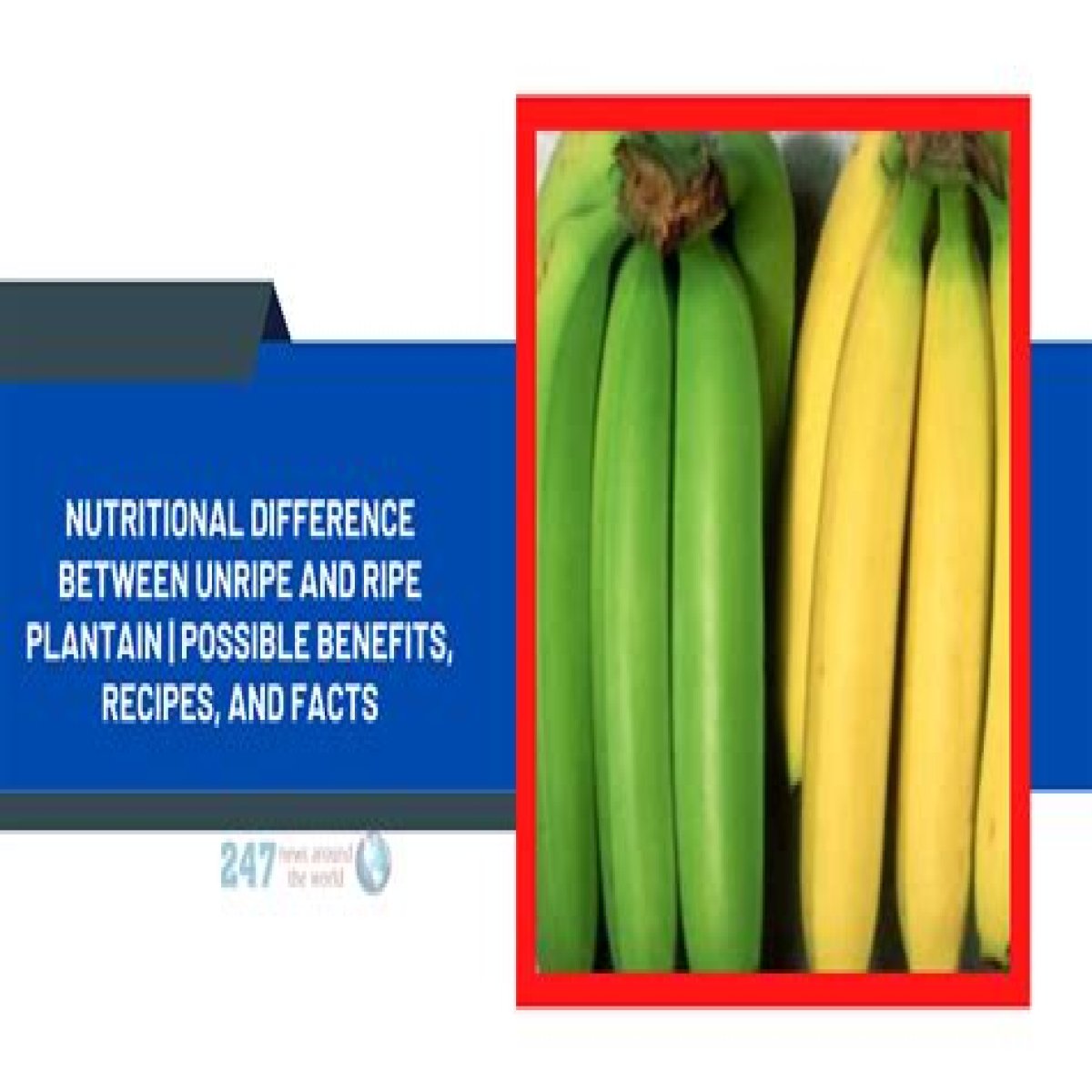Plantains are a staple in many tropical regions, known for their versatility and rich flavor. However, the distinction between ripe and unripe plantains is not just about taste and texture; it also extends to their nutritional profiles, particularly their caloric content. As health-conscious individuals seek to understand their food choices better, comparing ripe vs unripe plantain calories becomes essential. This article will delve into the differences between these two stages of plantains, providing insights that can help you make informed dietary decisions.
Ripe plantains are often sweeter and softer, making them a popular choice for desserts and snacks, while unripe plantains are starchier and firmer, typically used in savory dishes. Understanding the caloric differences between these two forms can aid in meal planning, especially for those monitoring their calorie intake. In this guide, we will compare the calories in ripe and unripe plantains, explore their health benefits, and offer tips on how to incorporate both into your diet.
As we embark on this culinary exploration, we'll answer some pressing questions: What are the caloric values of ripe vs unripe plantains? How do these values impact our nutrition? And what are the best ways to prepare and consume them? Join us as we uncover the nutritional essence of plantains and their role in a balanced diet.
- What Are the Caloric Values of Ripe vs Unripe Plantains?
- How Do Ripe and Unripe Plantains Differ in Nutritional Value?
- What Are the Health Benefits of Eating Unripe Plantains?
- How Can You Incorporate Ripe and Unripe Plantains into Your Diet?
- Conclusion: Which Should You Choose - Ripe or Unripe Plantains?
What Are the Caloric Values of Ripe vs Unripe Plantains?
When comparing ripe vs unripe plantain calories, it's crucial to understand their specific caloric content:
- Ripe Plantains: Approximately 122 calories per 100 grams.
- Unripe Plantains: Approximately 90 calories per 100 grams.
The difference in caloric content can be attributed to the ripening process, which converts starches into sugars, increasing the calorie count in ripe plantains. This transformation not only changes the taste profile but also affects how our bodies process these carbohydrates.
How Do Ripe and Unripe Plantains Differ in Nutritional Value?
Beyond just calories, it is important to consider the broader nutritional spectrum:
- Ripe Plantains: Higher in sugar content, providing quick energy sources; contain more vitamins A and C.
- Unripe Plantains: Richer in fiber, aiding digestion; lower glycemic index, making them better for blood sugar control.
This nutritional dichotomy makes both ripe and unripe plantains valuable additions to a balanced diet, catering to different health needs and culinary preferences.
What Are the Health Benefits of Eating Ripe Plantains?
Ripe plantains offer several health benefits, including:
- Rich in antioxidants that support immune health.
- Good source of potassium, which helps regulate blood pressure.
- High in dietary fiber, promoting digestive health.
These benefits make ripe plantains an excellent choice for those seeking to boost their overall health while satisfying their sweet tooth.
What Are the Health Benefits of Eating Unripe Plantains?
Unripe plantains also come with a host of health advantages:
- Low in sugar, making them a great option for those managing diabetes.
- High in resistant starch, which can enhance satiety.
- Contains vital nutrients like vitamin B6 and magnesium.
This makes unripe plantains a fantastic option for savory dishes and for those looking to maintain stable energy levels throughout the day.
How Can You Incorporate Ripe and Unripe Plantains into Your Diet?
There are numerous ways to enjoy both ripe and unripe plantains:
- Ripe Plantains: Can be baked, fried, or mashed; perfect for desserts or sweet snacks.
- Unripe Plantains: Ideal for frying, boiling, or grilling; often used in savory dishes like tostones or plantain fritters.
Experimenting with both forms can add diversity and nutrition to your meals.
What are Some Popular Recipes Using Ripe and Unripe Plantains?
Here are a couple of popular recipes that highlight the unique flavors of ripe and unripe plantains:
- Ripe Plantain Recipe: Sweet Plantain Pudding - A creamy dessert made with ripe plantains, coconut milk, and spices.
- Unripe Plantain Recipe: Tostones - Twice-fried green plantains, served with a garlic dipping sauce.
These recipes offer a delightful way to incorporate plantains into your diet while enjoying their distinct flavors and nutritional benefits.
Conclusion: Which Should You Choose - Ripe or Unripe Plantains?
Ultimately, the choice between ripe vs unripe plantain calories boils down to personal preference and dietary goals. Ripe plantains provide a sweeter, higher-calorie option that's perfect for desserts, while unripe plantains offer a lower-calorie, more fibrous alternative suitable for savory dishes. Both forms present unique health benefits, making them valuable components of a balanced diet. By understanding the differences in caloric content and nutritional value, you can make informed decisions that align with your health and culinary aspirations.
Cris MJ GF: Unveiling The Mystery Behind The RelationshipUnveiling The Life Of Hugh Jackman: A Journey Through His Date Of Birth And BeyondExploring The World Of A Gateway To Exciting Opportunities
